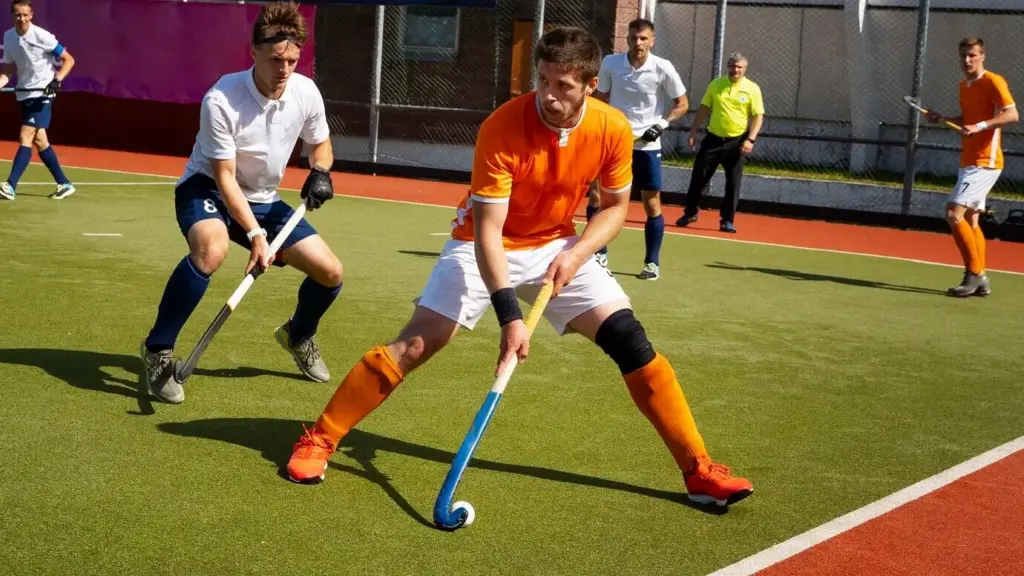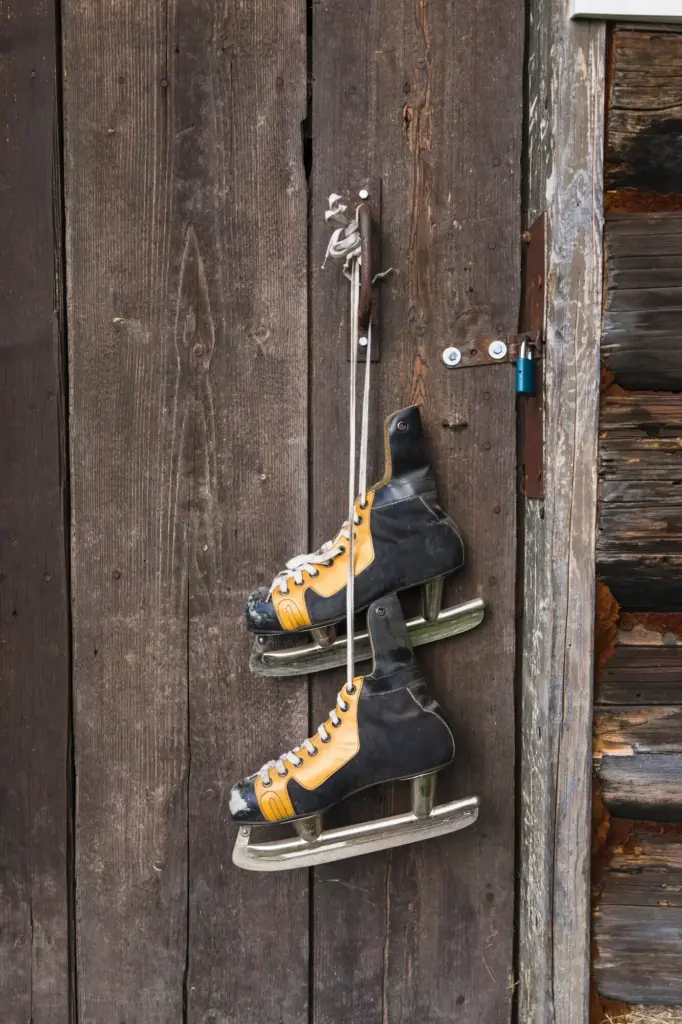Gear Up for Smarter, Safer Hockey
Skates: Foundation of Edge Control and Confidence

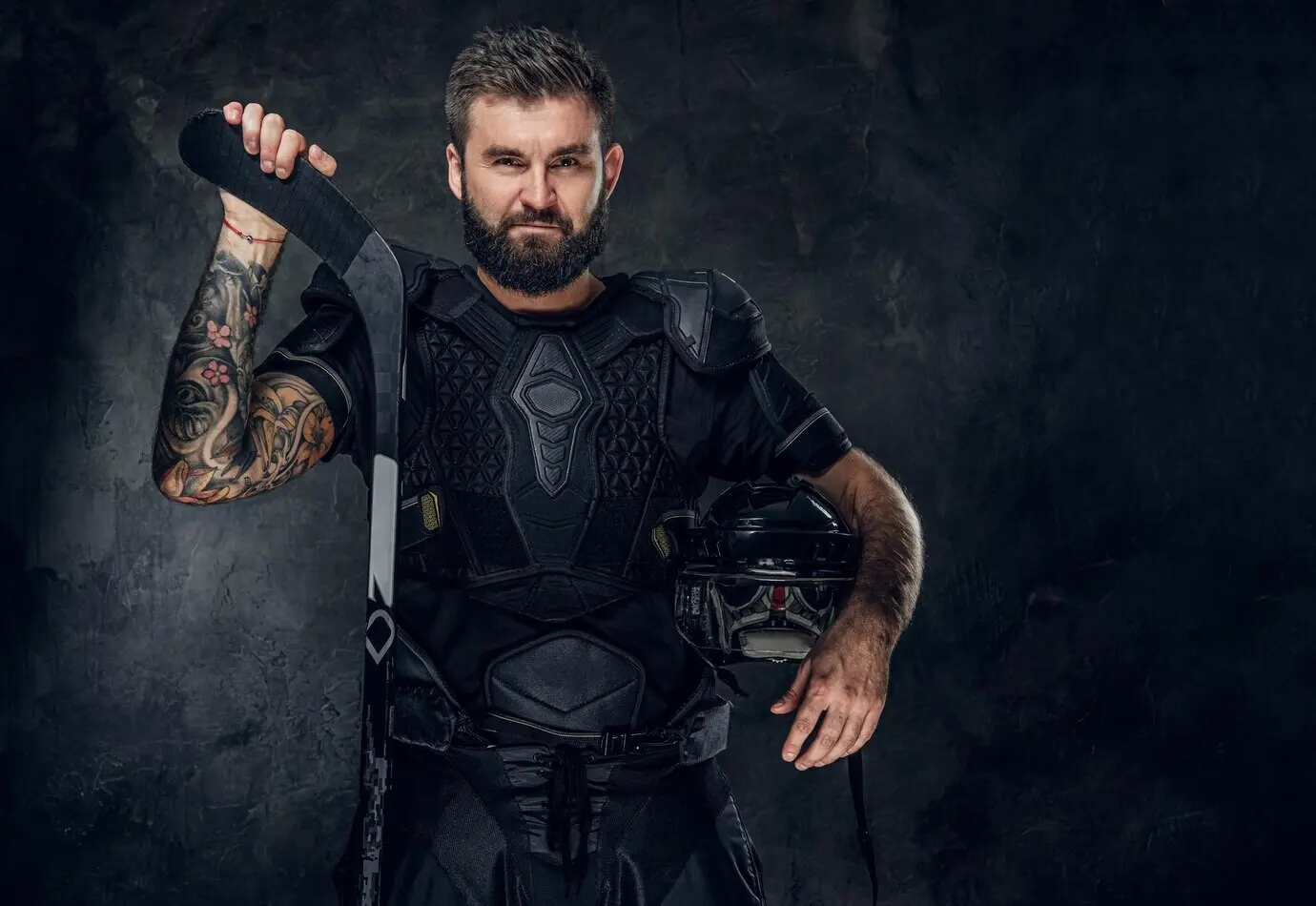
Sizing and Width: Mapping Your Foot to the Boot
Start with a precise measurement of both feet using a Brannock device, then compare length and width against manufacturer charts. Consider last shape, volume, and ankle depth to minimize negative space. Aim for snug, sock-thin contact without numbness. Prioritize secure heel lock, balanced forefoot pressure, and toes lightly feathering the cap when standing upright.
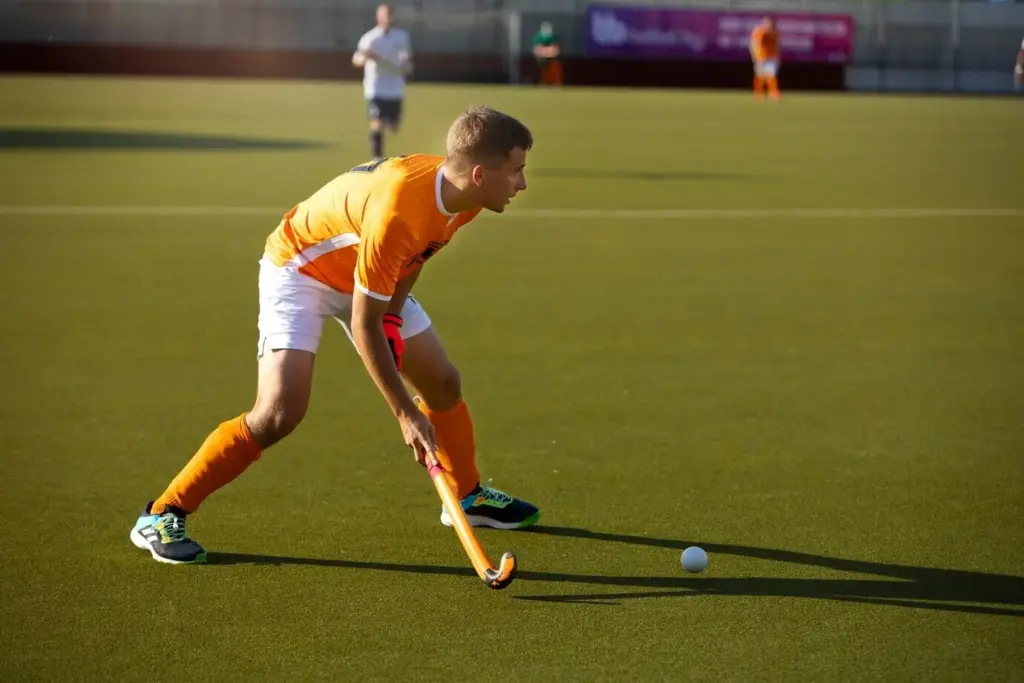
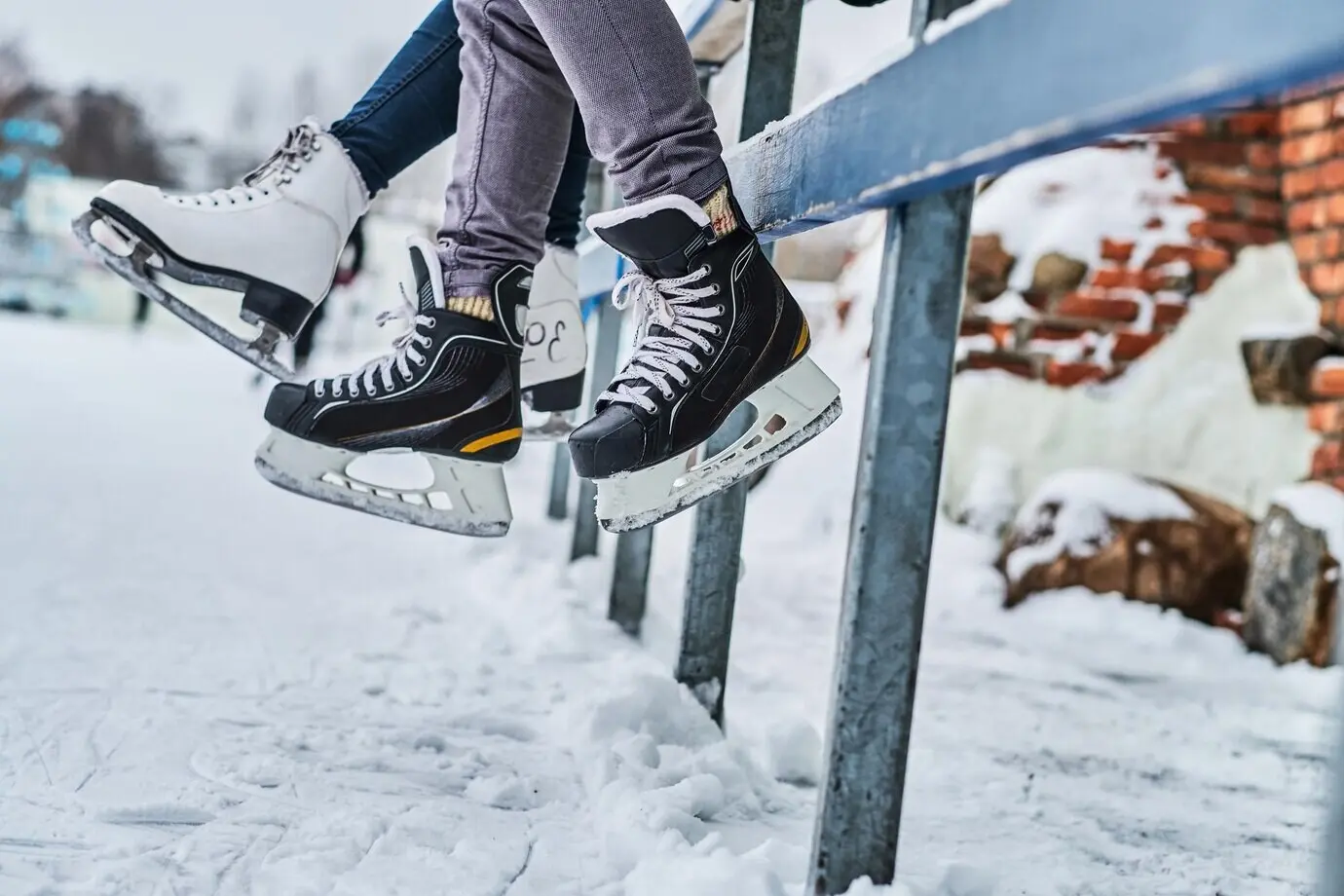
Stiffness, Hollow, and Profile: Tuning for Speed and Stability
Match boot stiffness to body mass and skating style so the quarter panels support explosive pushes without restricting ankle articulation. Choose a hollow that suits your ice, weight, and edge control needs. Explore profiling to balance agility with glide. Record your settings, test methodically, and adjust gradually to protect consistency and confidence.
Measure, Fit, and Micro-Adjust Without Guesswork
Cages, Visors, and Full Shields: Vision With Confidence
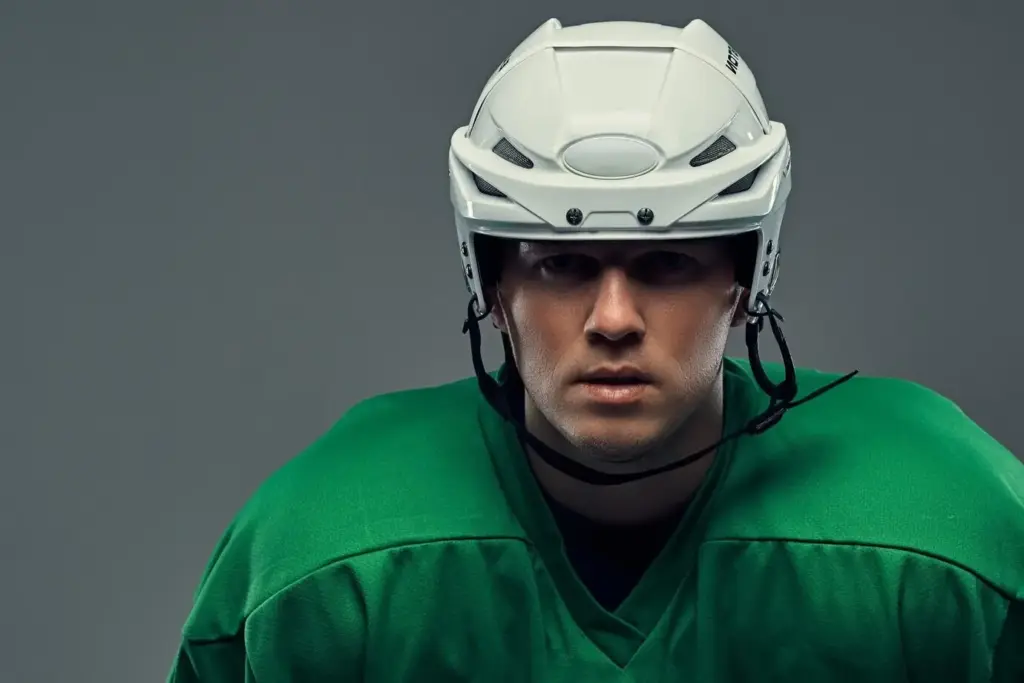
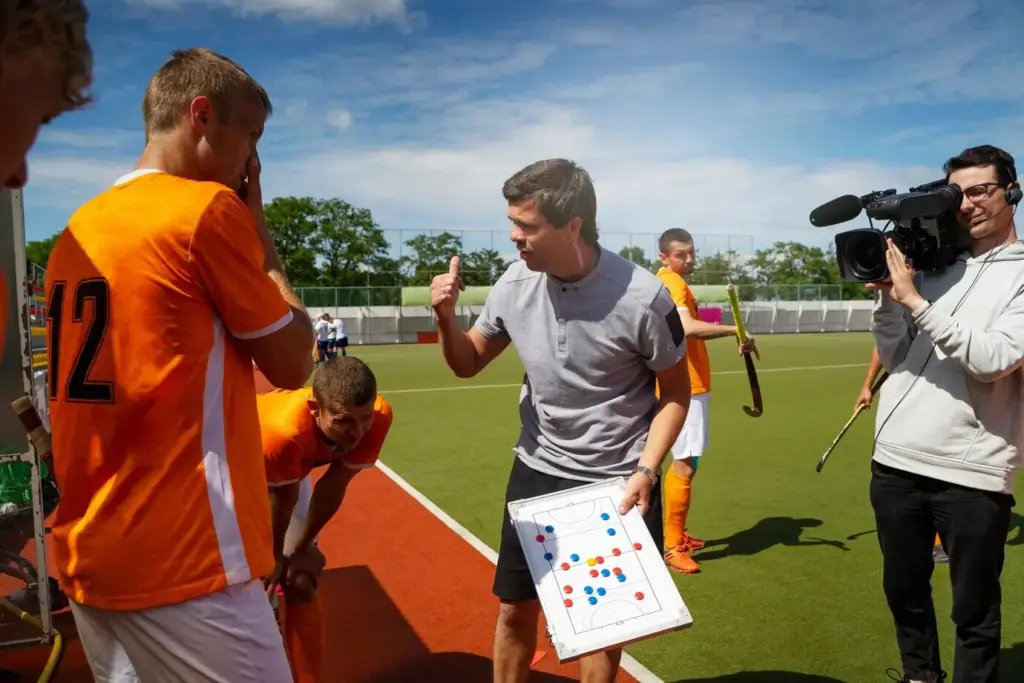
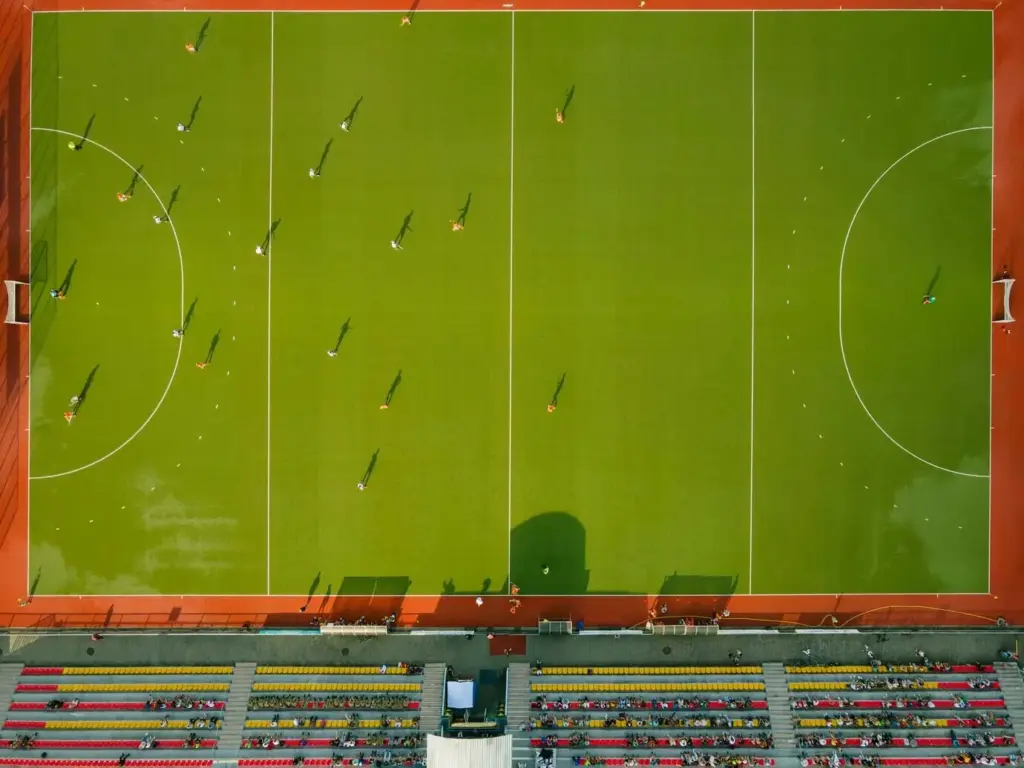

Shoulders, Elbows, and Shins: Impact Protection Without Bulk
Lower Body Armor and Mobility Working Together

Hockey Pants vs Girdle and Shell: Which System Suits You
Traditional pants offer instant coverage and simplicity, while girdles provide close fit, lighter feel, and modular padding. Try both while skating, not just standing. Assess thigh mobility, hip rotation, and kidney overlap. Choose the option that supports your style, conditioning level, and repair preferences, then note adjustments for fast pre-game setup.
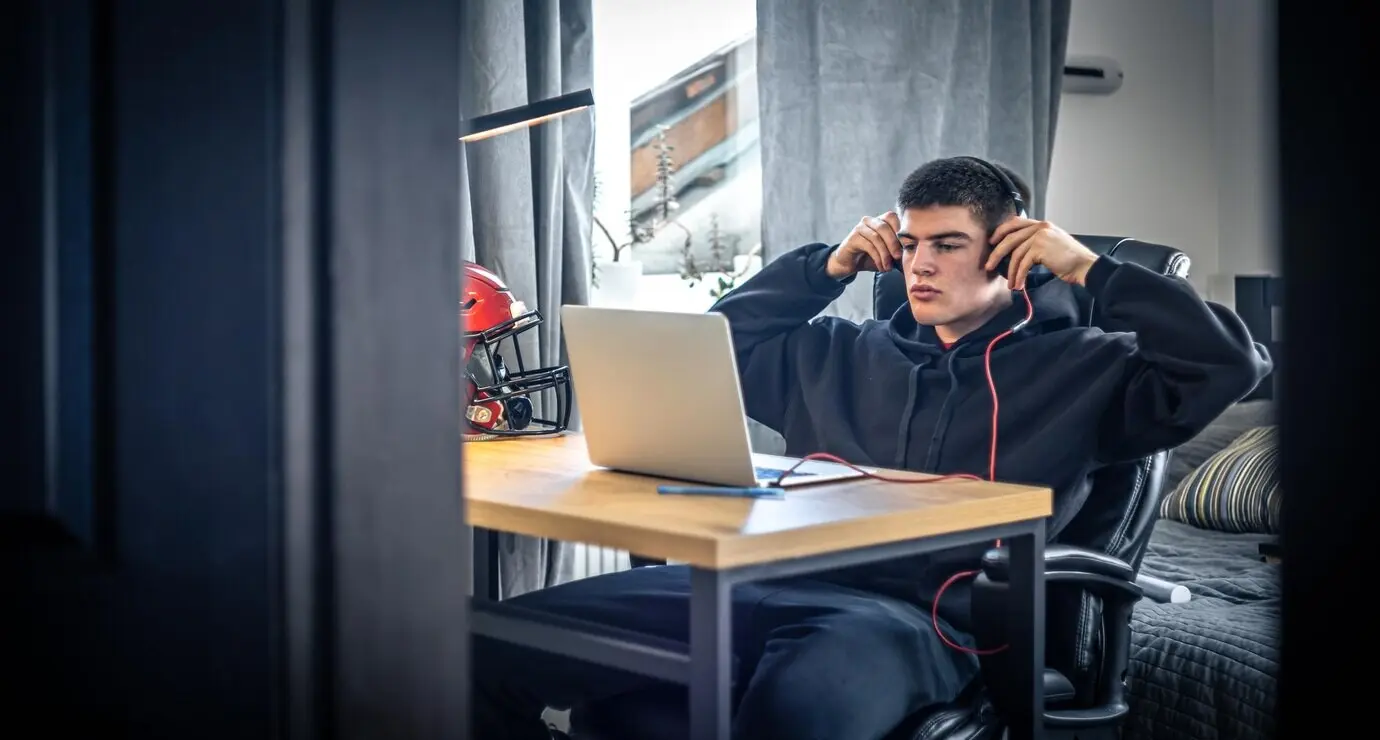
Waist, Inseam, and Kidney Coverage: Fit That Moves With You
Secure the waist without crushing the diaphragm, allowing deep breaths during long shifts. Inseam length should protect without catching on shin guards. Kidney pads must overlap the spine guard when you bend. Practice crossovers, backward transitions, and board battles. Proper coverage feels unobtrusive while quietly guarding critical organs against awkward falls and collisions.
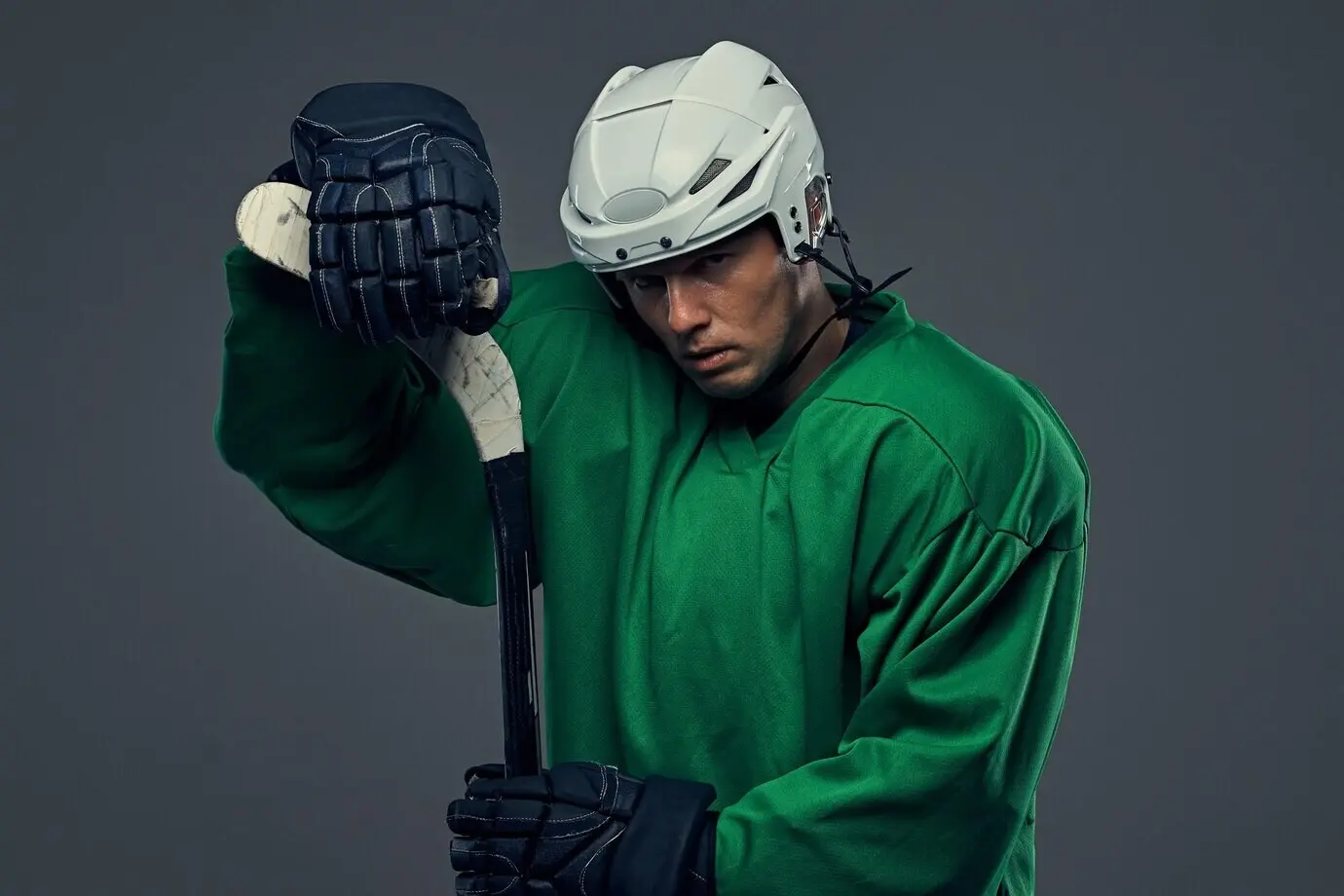
Baselayers, Socks, and Tape: Small Choices, Big Comfort
Moisture-wicking baselayers reduce chafing and improve temperature control, keeping muscles ready for late-game sprints. Choose socks that manage friction and thickness consistently. Tape shin guards with balanced tension to prevent circulation issues. Keep a repeatable routine, log what works, and share your setup with teammates to inspire tweaks that elevate everyone’s comfort and durability.
Hands Protected, Touch Preserved
Finding the Right Glove Profile for Your Handle and Deke Style
Narrow, anatomical profiles lock the hand for precision, while looser fits encourage wrist roll and creative toe drags. Test with your actual stick and curve. Check cuff mobility for snapshots and poke checks. Confirm overlap with elbow guards, avoiding gaps. Comfort plus control creates consistent touches through fatigue and pressure.
Palm Care and Replacement: Keep the Feel, Extend the Life
Select palms that balance durability and tactile response, then rotate practice and game gloves to reduce wear. Dry thoroughly after sessions, avoid harsh heat, and address small tears early. Consider overlays where sticks abrade most. Maintaining consistent feel stabilizes puck reception, one-touch passes, and shot timing even as competition intensifies.
